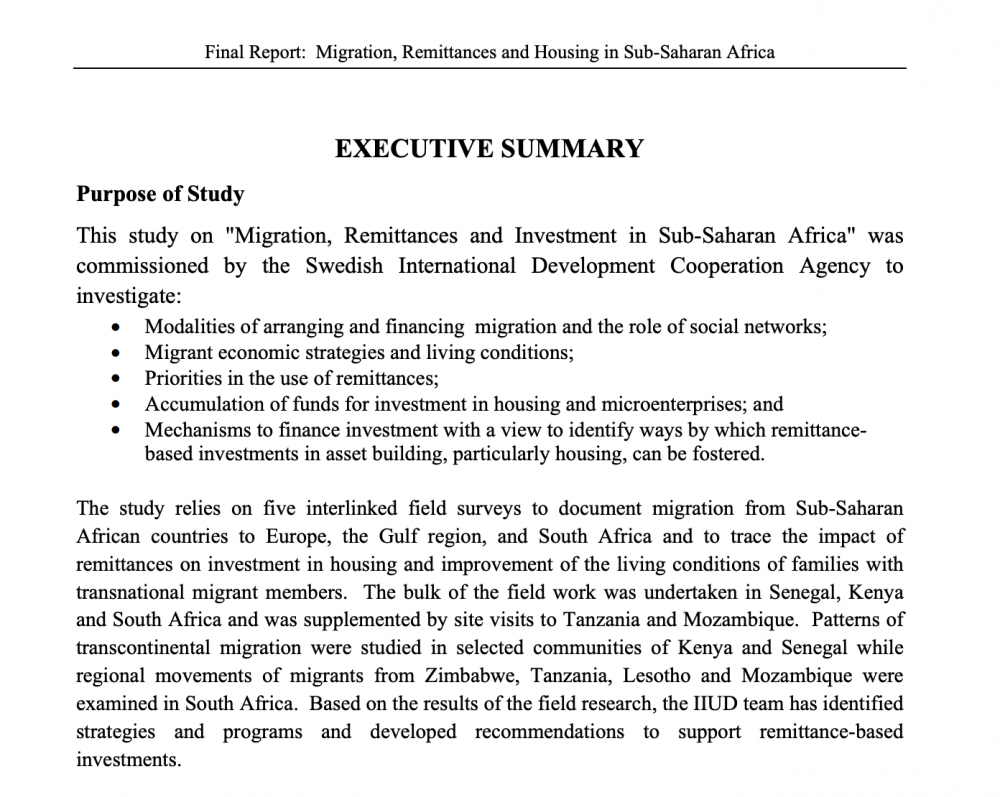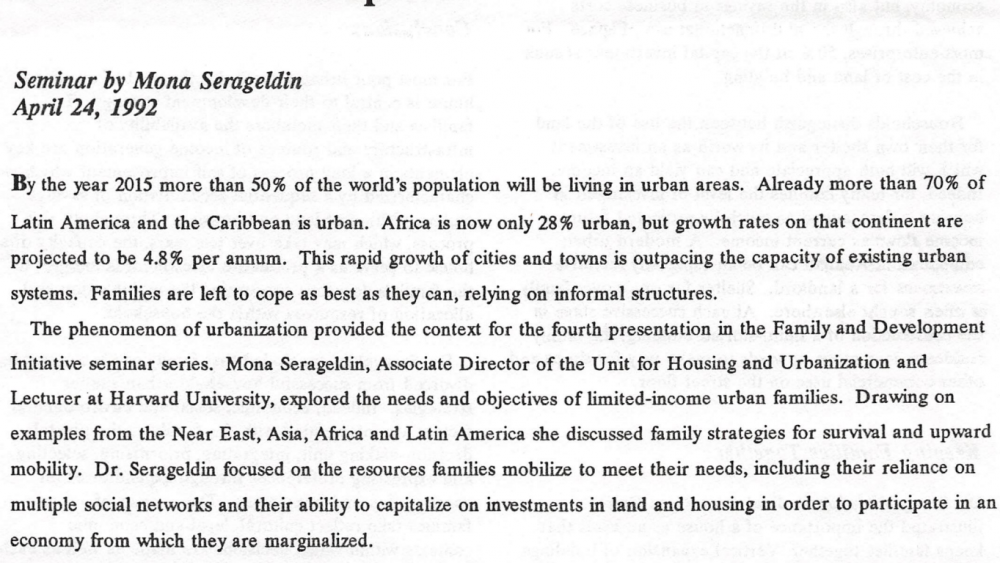Abstract
In 2008, a team from I2UD prepared research for regional chapters on Northern Africa for the first UN-Habitat “State of African Cities Report.” Topics covered include demographics and urban growth, cities as engines of economic growth, urban poverty and housing conditions, environmental challenges in urban areas, and urban governance. Countries addressed in the North African regional chapter include Algeria, Egypt, Libya, Mauritania, Morocco, Tunisia, and Sudan.
Documents are an Institute for International Urban Development Final Report on the North Africa Region from July 2008 (This report notes: “A condensed version of this report was used in UN-Habitat’s 2008 State of African Cities Report, published in November, 2008”). Following are two documents for the State of African Cities from 2008 and 2010, United Nations Human Settlements Programme (UN-Habitat). I2UD, headed by Dr. Mona Serageldin and Dr. François Vigier, also authored a follow-up report, “Governance, Inequality and Urban Land Markets,” in 2010.
| Project Year: | 2008-2010 |
| Project Type: | Research Paper |
| Geographic Regions: | North Africa |
| Reports: | — |
| Authors: | Mona Serageldin; François Vigier; Christa Lee-Chuvala; Erick Guerra |
| Sponsors: | United Nations Centre for Human Settlements (UN-Habitat) |
| Categories: | Urban Planning |
| ID: | 2008_03_001 |




